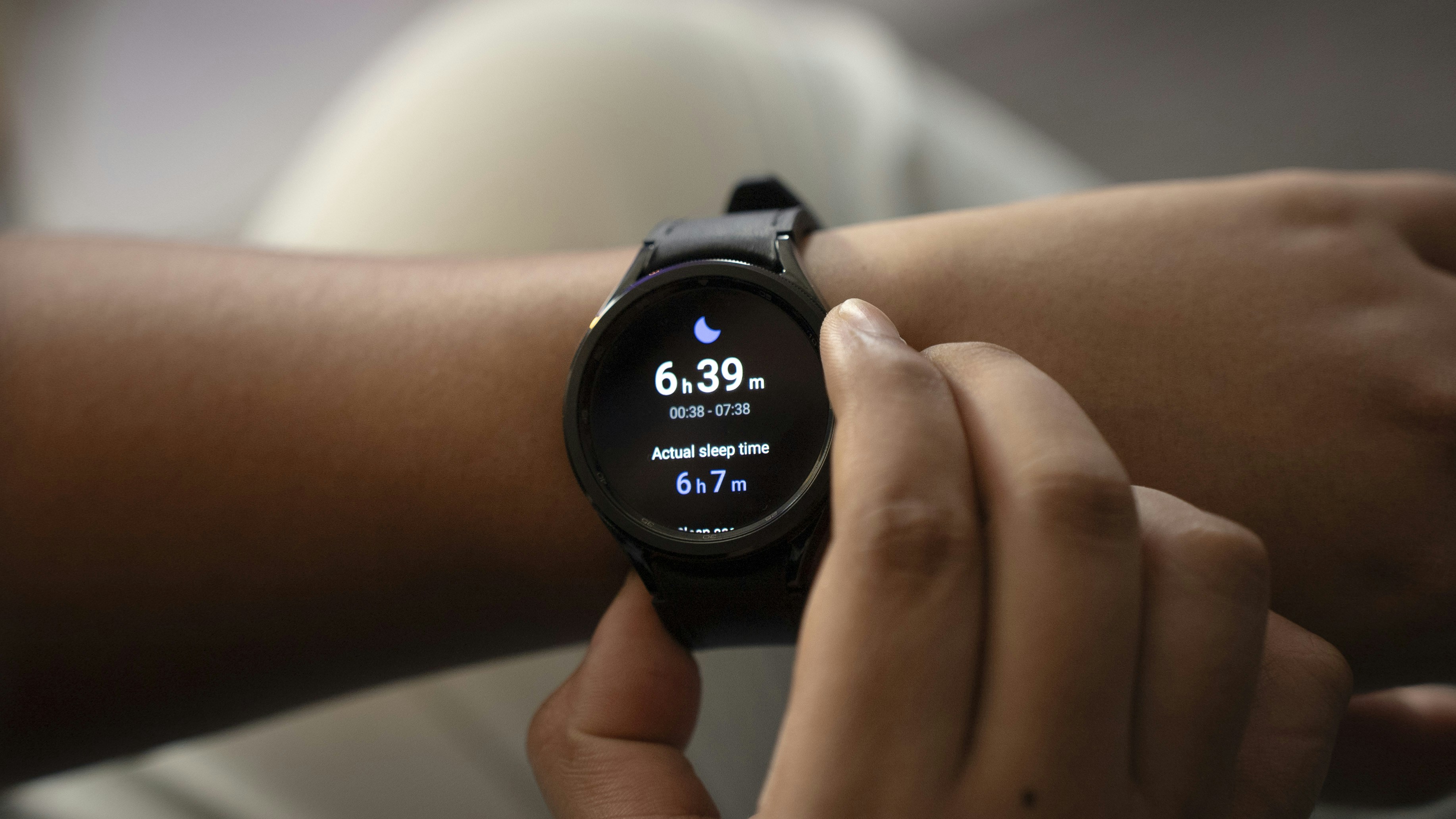
The 8-Hour Sleep Myth Debunked
Historically, the notion of needing a standardized eight hours of sleep per night gained traction during the Industrial Revolution. This period prompted significant shifts in work patterns, largely influenced by the advent of factories and set working hours. Prior to this era, people experienced more variability in their sleep schedules. Evidence suggests that pre-industrial humans often adopted biphasic sleep patterns, which consisted of two sleep segments of approximately four hours, interspersed with a wakeful period during the night. This challenge to the conventional 8-hour sleep model highlights the adaptability of human sleep cycles to environmental and social changes.
The propagation of the 8-hour sleep guideline has, in part, been reinforced by societal factors and cultural narratives over the decades. Many people have internalized the belief that a solid block of eight hours is essential for optimal health and functionality. However, emerging research indicates that sleep needs can vary significantly among individuals, influenced by genetic and biological factors. While some individuals may perform optimally with around six hours of sleep, others may find that their well-being hinges on obtaining closer to nine hours. This variability illustrates that sleep is not a one-size-fits-all scenario and that different lifestyles and genetic predispositions shape individual sleep requirements.
Furthermore, studies exploring the genetic basis of sleep have uncovered that certain genes are associated with sleep duration and quality. This research indicates that the amount of sleep one requires may be deeply rooted in one’s genetic fabric. Consequently, the traditional eight-hour benchmark can mislead many people into believing that they must adhere strictly to this number to function effectively. Instead, it is crucial to recognize and embrace personal sleep patterns that align with individual needs, thereby fostering a more nuanced understanding of healthy sleep.
Circadian Rhythm: Your Body’s True Sleep Guide
The circadian rhythm is a fundamental biological mechanism that orchestrates various physiological processes within the body, acting as an internal biological clock that operates on a roughly 24-hour cycle. This rhythm plays a pivotal role in regulating crucial factors, such as sleep-wake cycles, hormone production, and metabolism. The alignment of the circadian rhythm with external environmental cues, particularly light exposure, profoundly influences our overall well-being and daily functioning.
Light serves as a primary regulator of the circadian rhythm. During daylight hours, exposure to natural sunlight prompts the body to produce serotonin, fostering a state of wakefulness and alertness. Conversely, as daylight fades and darkness sets in, the body begins to synthesize melatonin, the hormone responsible for inducing sleepiness. This transition from light to dark is essential for maintaining a healthy sleep cycle, as it signals to the body when to rest and when to be active.
However, several factors can disrupt this delicate balance, consequently affecting sleep quality and overall health. One prevalent disruptor is blue light exposure, which emanates predominantly from electronic devices such as smartphones, tablets, and computers. This type of light can interfere with melatonin production and delay sleep onset, leading to difficulties in falling and staying asleep. Additionally, maintaining irregular sleep schedules, such as sleeping in on weekends, can confuse the circadian system and leave individuals feeling fatigued during the week. Another significant disruptor is the consumption of caffeine, especially when consumed later in the day. Caffeine can remain in the bloodstream for hours, prolonging wakefulness and inhibiting the natural cues that signal the body to prepare for sleep.
Understanding the circadian rhythm and its influence on sleep is vital for anyone aiming to improve their sleep quality and overall health. By minimizing these disruptors and paying attention to light exposure, individuals can foster a healthier sleep environment that aligns with their body’s natural rhythms.
Sleep Cycles Matter More Than Duration
The understanding of sleep has evolved significantly, revealing that the quantity of sleep, often encapsulated in the popular phrase “8 hours,” might not be as crucial as the quality and structure of that sleep. Central to this analysis is the significance of sleep cycles, particularly the prevalent 90-minute sleep cycle, which encompasses light sleep, deep sleep, and REM sleep. Each stage serves distinct and vital roles in the overall restorative process of sleep.
Light sleep primarily prepares the body for deeper restorative states, allowing for a transition into more profound stages where physical recovery occurs. Deep sleep is critical for bodily repair and growth, while REM sleep plays an essential role in cognitive functions such as memory consolidation and emotional regulation. These intricate stages culminate in a full sleep cycle, illustrating that simply aiming for eight hours does not guarantee optimal rest and recovery.
An important consideration is the timing of awakening. Emerging research suggests that waking at specific intervals can significantly affect how refreshed one feels upon rising. To maximize daytime alertness and minimize grogginess, it is beneficial to align wake-up times with the conclusion of a sleep cycle. This typically translates to waking at 6 hours or 7.5 hours after initially falling asleep. By aligning waking times with the natural rhythm of sleep cycles, individuals can enhance their ability to function effectively during the day.
Implementing awareness of sleep cycles rather than strictly adhering to the 8-hour recommendation could lead to improvements in personal health. For many, this means recalibrating sleep habits to ensure that they not only prioritize duration but also consider the intricacies of their sleep architecture. By doing so, individuals may find that they can achieve superior rest and greater daytime alertness, underscoring the importance of understanding that sleep cycles matter more than simple duration.
The Deception of ‘Sleep Debt’
The concept of ‘sleep debt’ is frequently misunderstood, leading many to believe that lost sleep can be easily compensated for by oversleeping on weekends or during a vacation. This notion suggests that if one does not get the recommended eight hours of sleep per night, the accumulated deficits can simply be ‘repaid’ later. However, research indicates that this view can be misleading and does not accurately represent the complexities of human sleep needs.
While it is true that individuals may experience temporary increases in sleep duration after periods of deprivation, this does not address the underlying effects of chronic sleep insufficiency. Lost sleep cannot be fully recovered, as the body requires a consistent sleep schedule to restore its optimal functioning. Habitual sleep patterns play a crucial role in maintaining essential physiological processes, including memory consolidation, mood regulation, and immune system performance. A significant body of evidence suggests that irregular sleep patterns can have detrimental long-term effects, making the concept of simply catching up on sleep overly simplistic.
Instead of focusing solely on the idea of repaying sleep debt, it is far more beneficial to implement strategies that enhance overall sleep quality. Maintaining a consistent bedtime, even on weekends, can help regulate the body’s circadian rhythm, promoting healthier sleep habits. Additionally, short, strategic naps—such as 20-minute power naps—can be an effective way to alleviate feelings of fatigue without disrupting nighttime sleep cycles. These practices can significantly improve alertness and cognitive function throughout the day, underscoring the importance of prioritizing sleep hygiene over the misconception of easily ‘repaying’ lost hours.
Team Active Lifestyle Diary is a group of passionate wellness enthusiasts, writers, and digital explorers dedicated to helping people live healthier, more energized lives. From fitness tips and nutrition guides to mental wellness and daily motivation — our goal is to inspire a balanced, active lifestyle through honest, research-based content.
Follow us as we turn everyday habits into long-term wellness!
